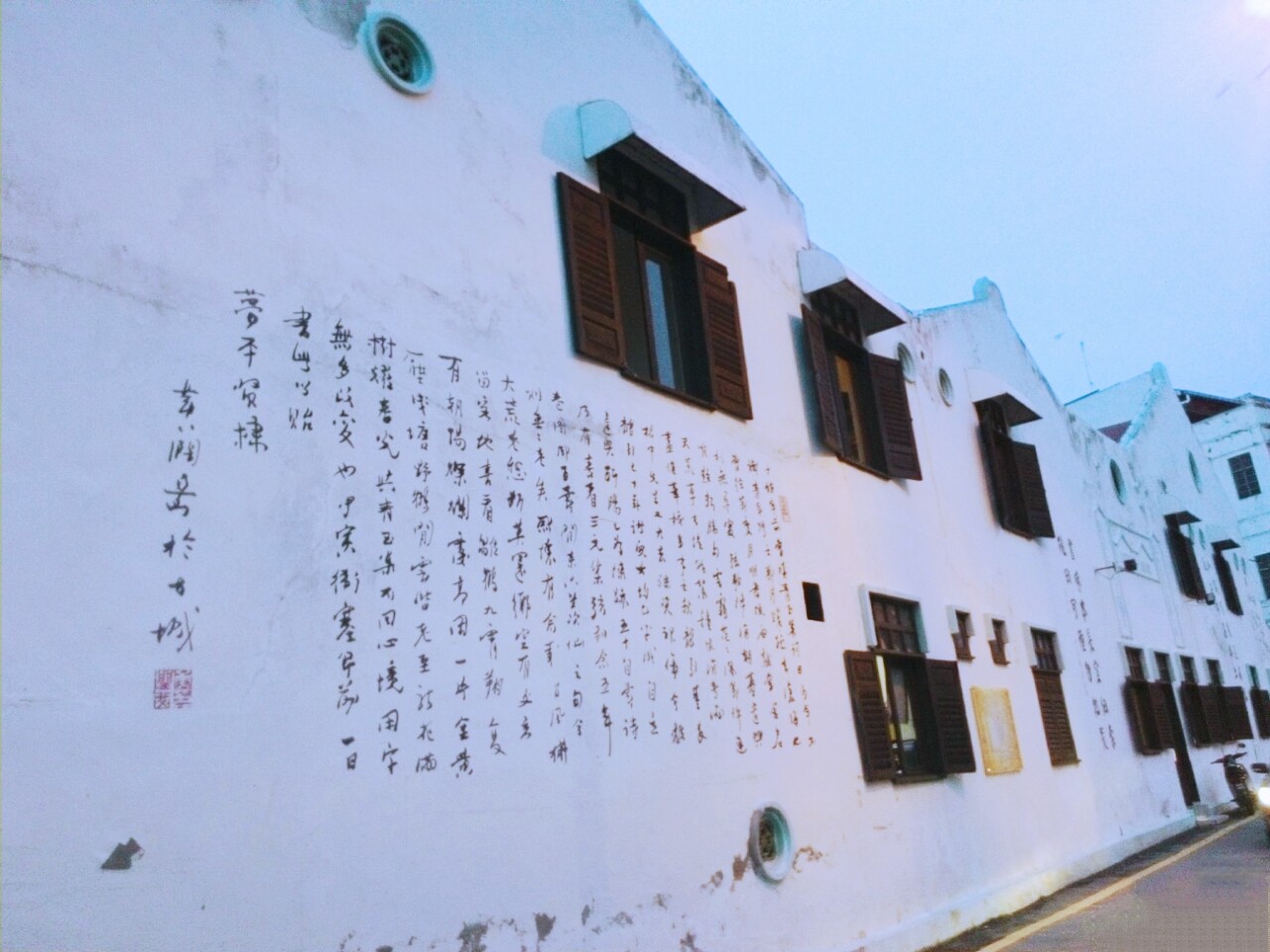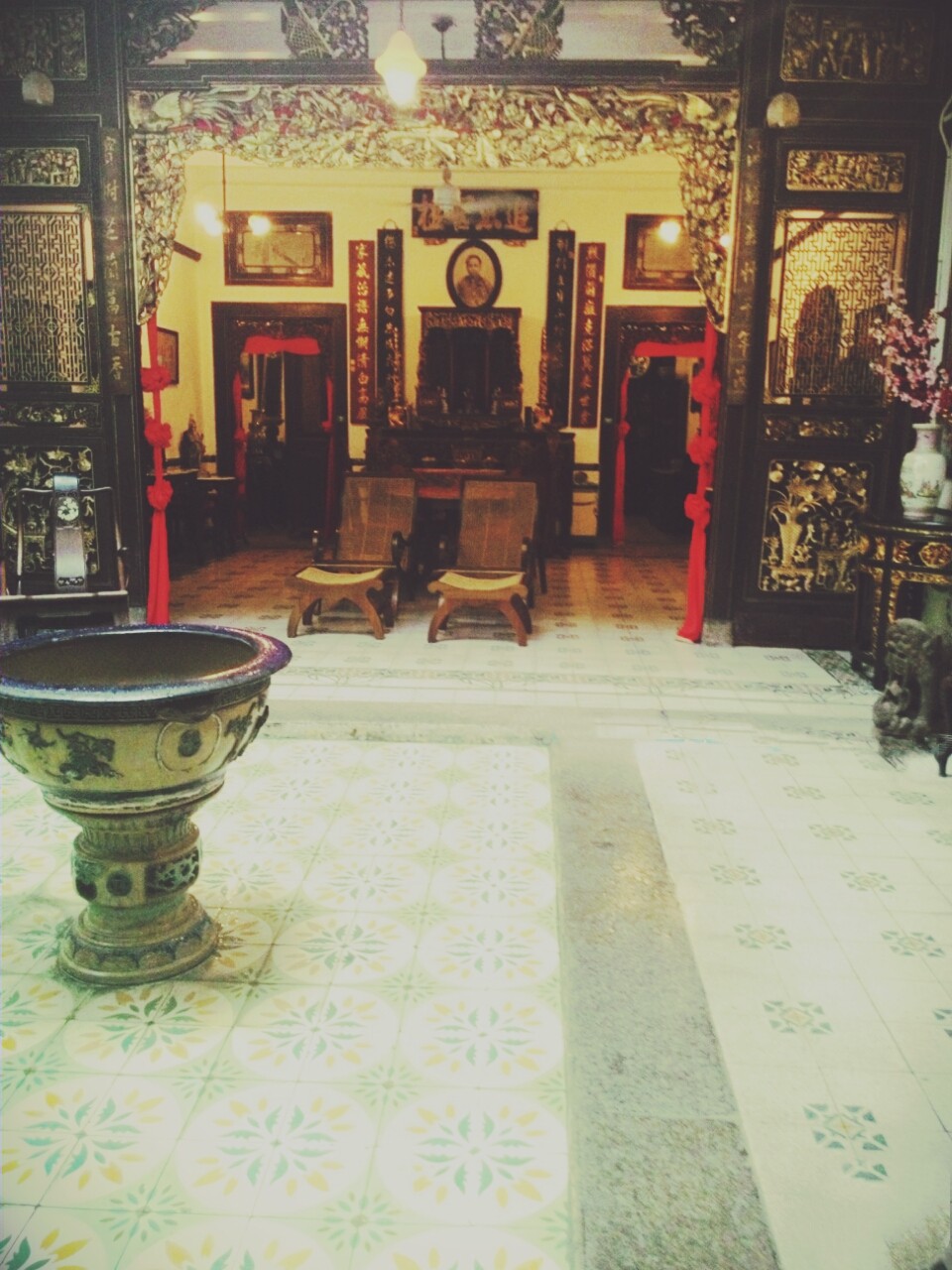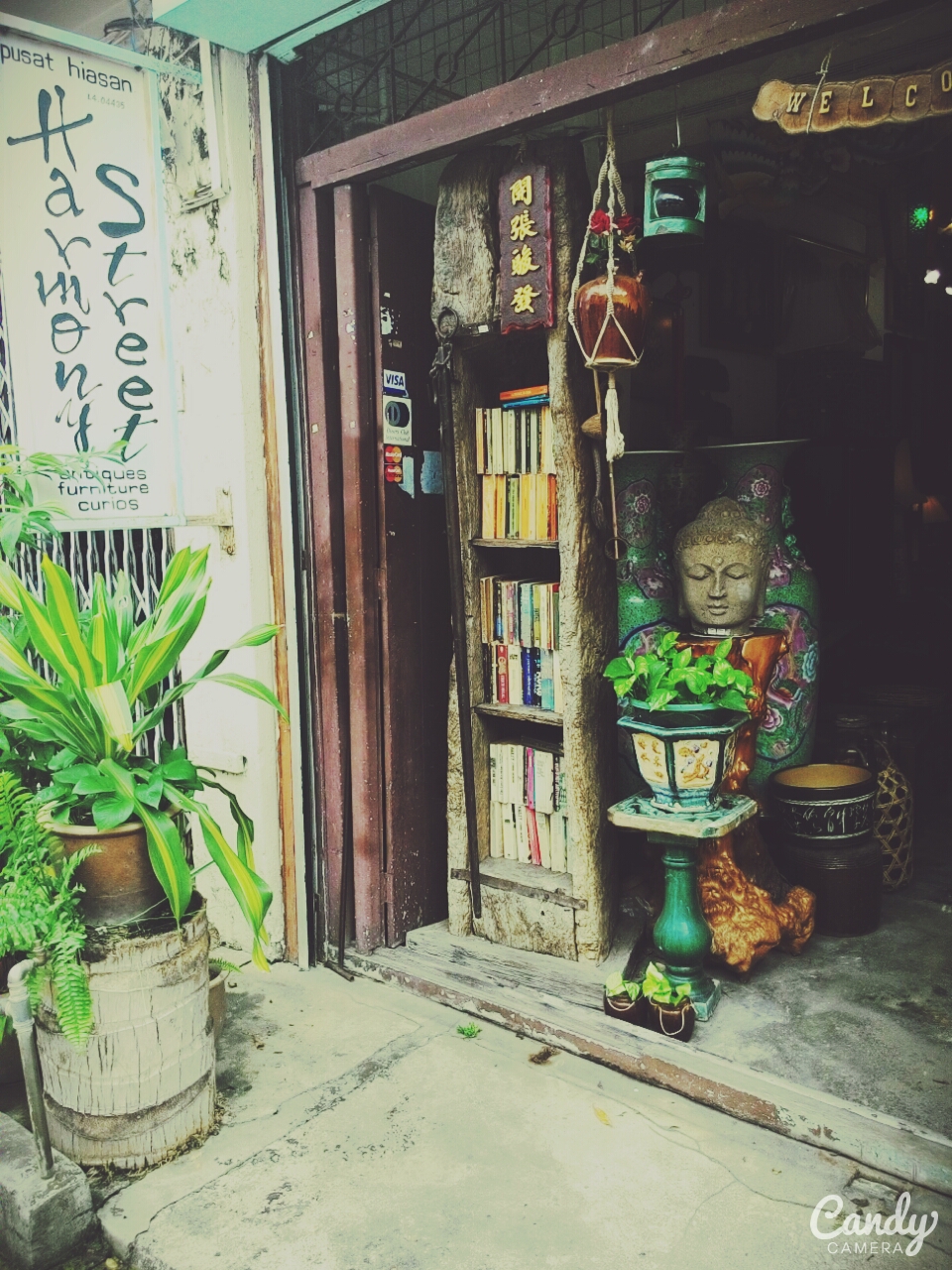
多民族村「チティ村」の人々: 仄迪村 – 多元文化村: Chitty Village and Multiculturalism (1)
]マラッカの郊外に、マレーシアの「多文化社会」を最も良く体現している「チティ村」というユニークな村があると聞き、ホテルから距離があるにも関わらず、タクシーを拾ってわざわざ村を訪ねた。
チティ村は、“チティ人”と呼ばれるインド人とマレーシア人の混血の人々と、少数民族としての華人が同居する人口数百人の小さな村である。チティ人はマレー語と英語を話し、インド古来のサンスクリット語でヒンズーの神を拝む。今日日、多くのチティ人は華人と結婚しており、これら婚姻関係から生まれた人々はインド人とも華人とも似つかない外見を持ち、英語、マレー語、インドネシア語、中国福建地方の方言など多岐に渡る言語を活用している。私が会話を交わしたチティ人の女性はチティ人の祖母とチティとマレーの混血の父母を持ち、インドとマレーの神と観音を拝むと自己紹介した。
チティ村ではチティ人が村の土地を所有し、彼らが住まいを華人に貸し出ししている。純粋な華人は1割しかおらず、華人とチティ人の混血が3割を占める。華人は、チティ人と同様に村の寺院でインドのラーマ神を拝み、毎年の1月と5月に全村をあげて催されるラーマ神の祭事へも参加する。祭事では、村人が市中心の寺院からラーマ神を祭った神輿を担ぎ出し、太鼓の伴奏と、神輿の後ろで練り歩きながら苦行を行う人々、踊り狂う人々、高笑いする人々などと共に市内を巡行し、チティ村へ寄った後、夜に神輿を寺院へ担ぎ戻す。祭りの行列には鮮やかな真紅・黄色・橙色のインド服を着、額に赤い粉の印を塗した華人の女性達が、インド人の風貌をしたチティ人達に入り混じってヒンズー教徒の舞を舞う。
多言語・多宗教・多文化の中に生きるチティ村の人々は、まさにマレーシアの多文化融合を体現していると言って差し支えないだろう。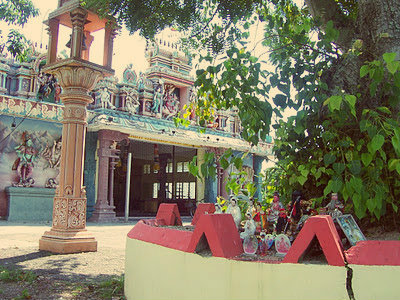
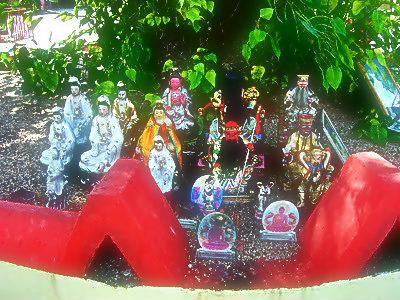 听说在马六甲附近有个小村叫仄迪村、是体现 马来西亚多种文化融合的最佳范例。于是产生兴趣、不顾距离较远、租车前往小村。仄迪村是被称为仄迪人的印度人和当地马来人的混血人和华人共居的人口几百多人的小村。
听说在马六甲附近有个小村叫仄迪村、是体现 马来西亚多种文化融合的最佳范例。于是产生兴趣、不顾距离较远、租车前往小村。仄迪村是被称为仄迪人的印度人和当地马来人的混血人和华人共居的人口几百多人的小村。
仄迪人说马来语和英语,用印度古代的梵语向神祈祷。现代很多仄迪人和华人通婚,所生的后代外观上既不像华人也不像印度人。他们能灵活地交互使用英语、马来语、印尼语以及中国福建的地方方言。和我谈过话的一位仄迪女士向我自我介绍她的祖母是仄迪人,而父母是仄迪和马来人的混血的后代, 并且拜印度和马来西亚的神和观音菩萨。不同的血统、语言和宗教、在这里出现有趣的融合。
在仄迪村,仄迪人拥有土地,他们把地租给华人。村里纯华人占人口比例不到百分之十,华人和仄迪人的混血占百分之三十左右。华人和同村的仄迪人一样到村里的庙中拜印度的罗摩神,也参加每年一月和五月全村举行的祭祀活动。祭祀时村里人把庙里的罗摩神的神轿抬出来,在大鼓的伴奏声中,或狂舞,或苦行, 或大声欢笑的人们一起在市内游行,通过仄迪村后午夜把神轿送回寺庙。游行的人群中混杂着不少穿着印度服装,前额点着红印的华人女性。
I heard there is a village near Malacca called the Chitty Village that is a prime representation of the multicultural melting pot that is Malaysia, and went to visit it despite it being far from my hotel. The Chitty Village is small village of several hundred residents, whom comprise of the Chitties – mixed descendents of Indian migrants to Malaysia and local Malaysians – and decsendents of Chinese migrants.
The Chitties speak Malay and English, and use Sanskrit to pray to the Hindu gods. Many Chitties have married the Chinese, and mixed descendents from these marriages have an appearance unlike either the Indians or the Chinese, while being able to speak multiple languages including English, Malay, Indonesian, and Hokkien Chinese. The Chitty villager I spoke with introduced herself as having an Chitty grandmother, Chitty-Malay parents, and praying to Indian and Malay gods.
The Chitties own the land in the village, which they lend out to the Chinese for a cost. The Chinese population makes up about 10% of the villagers, while mixed Chinese-Chitty descendants make up about 30%. The Chinese pray to Hindu gods, and participate in Hindi religious ceremonies. In ceremonies celebrating the Lord Rama, the seventh avatar of the Hindu god Vishnu, held twice a year with in January and during the fruit season between June and July, villagers carry out a portable shrine of the Rama God from the city centre, and march to Chitty village, accompanied by drums music and devotees engaging in ascetic praying, chanting, meditating, dancing, and laughing loudly while marching along. Chinese women wearing traditional Indian costumes in vivid red, yellow, or orange and painted with a holy red on their faces march alongside the Chitties, and perform Hindu ritualistic dances.
